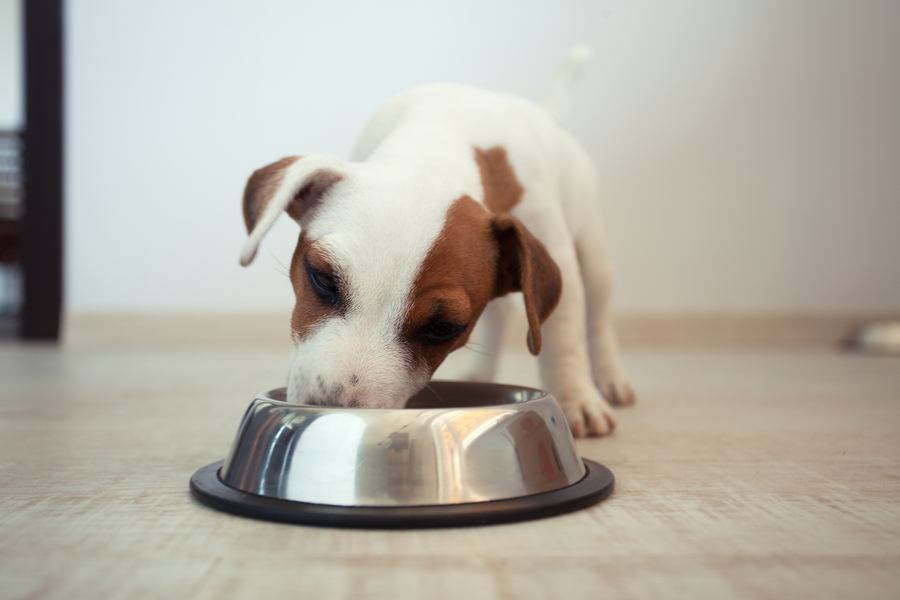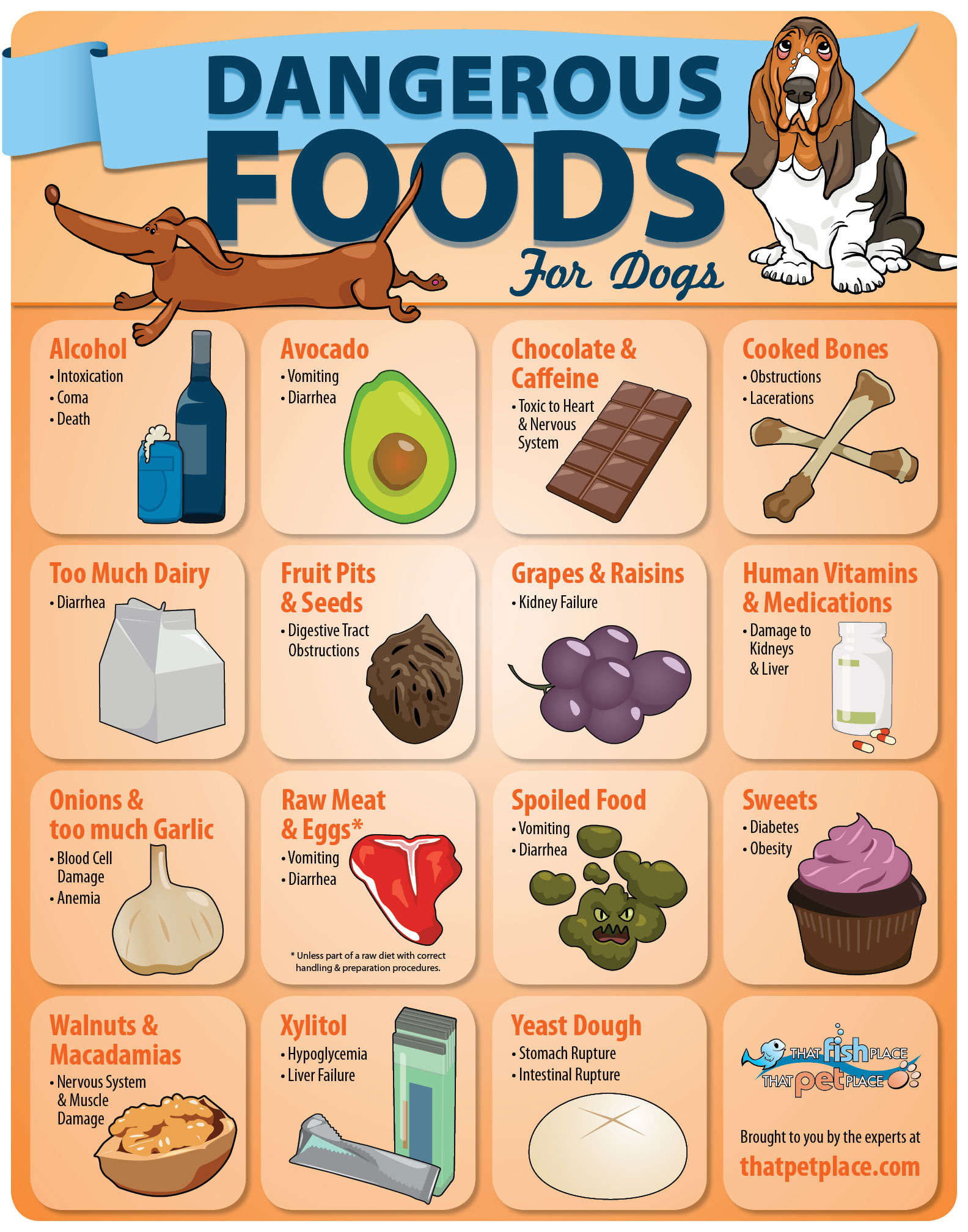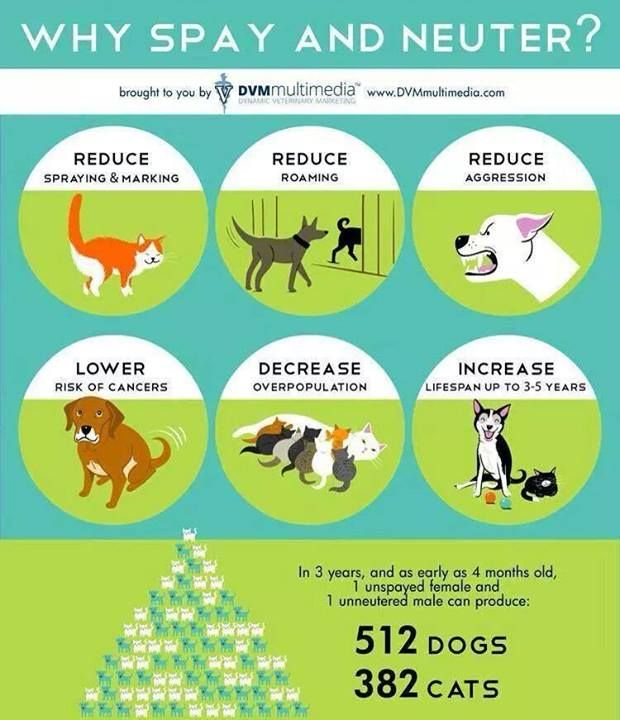
This post may contain affiliate links. We are compensated for referring customers to our affiliate partners.
While puppies are very cute and energetic, they can be rather finicky eaters too. Trying to get a puppy to eat can be challenging, but a little bit of patience goes a long way. After only knowing a diet of warm milk from their mother, it can be hard to change habits, especially when they find themselves in a new environment without their litter mates.
So if you having trouble getting your new puppy to eat their food, here are a few tricks that should help you out.
Things To Consider If You’re Trying To get your Puppy To Eat
1. Eat At Different Times
When you are eating a meal or snack, your puppy is going to be naturally curious about what is happening in your mouth or what is in your bowl rather than their own food dish. Your puppy is going to need to understand that even though they are an important part of the family, they are not human and should not be eating your human food. In fact, sometimes it is us humans that need to be trained to not give into those beautiful cute puppy eyes!
However, when you are eating around the same time as they should be, the puppy will become confused and may prefer the smell of whatever food you are eating. Eating before or after your puppy eats will help avoid some confusion and frustration for both of you.
Dangerous Foods For Dogs
2. Try Adding Water
If your puppy seems to be refusing to eat any of their dry dog food, you may want to try adding a little water in order to soften it up. Puppies that have just been weaned from their mothers are used to having a liquid diet and may not be ready for something that is hard or crunchy.
Additionally, you can also try to mix in a little wet dog food into their normal dry food to encourage them to eat. While puppy’s typically love their wet food, it simply can’t replace their dry dog food. However, make sure to add less and less wet food so that your puppy will adapt to their dry dog food.
3. Slow Down On The Dog Treats
A puppy that is used to getting treats often throughout the day won’t have any room in their stomach for their less exciting dog food. Think of giving your puppy treats like you would giving your child candy. While they are great to have every once in a while and a good way to promote positive behavior, you shouldn’t let it ruin their dinner.
While more common in adult dogs, even puppies can be very cunning. If a puppy receives too many treats, they may refuse to eat their regular food as they would rather just wait for one of those tasty treats. If your puppy is refusing to eat, stop giving them treats for at least a few days to see if they get excited about their food again. A healthy puppy may refuse to eat in order to get a tastier treat, but a healthy puppy will not starve itself!
4. Increase Their Feeding Times
Instead of feeding your puppy just two times a day, try expanding it to four feedings a day. Sometimes having the food more available can help encourage your puppy to eat their food. In order to keep portions under control, only give your puppy a half portion during all four feeding times. Once your puppy has gotten in the habit of eating their dry dog food, you can switch it back to two feedings a day.
How To Create A Consistant Feeding Schedule For Your Puppy
5. Get Some Exercise
Sometimes the best way to get a puppy to eat is for them to go outside and get some exercise. A puppy that is able to get a lot of exercise in will be hungrier for food and less picky when dinner time comes around. So right before meal time comes around, take your puppy on a good long walk.
Make sure that you have not allowed your puppy to have any treats during this walk even if it is from a kind stranger. Once your puppy has any empty stomach, they will be too hungry to try and hold out for something better to come along.
6. Spay Or Neuter Your Puppy
Unless you were planning to breed your puppy later on, you should have them spayed or neutered as soon as you can. Dogs and puppies that are not spayed or neutered have an increased risk of behavioral problems including aggression and finicky eating habits.
So even if your puppy doesn’t have eating problems, it might be best to have them spayed and neutered to prevent future issues and allow them a better chance to live a healthy and happy life.
7. Keep Mealtime Quiet
Puppies can be rather excitable and distracted, which can make it even harder trying to get a puppy to eat. Having children running around or even the television on too loudly could disrupt their ability to concentrate on eating their food. Eating dry food is still very new to your puppy and they will need to be able to focus while they are eating. Being startled during their mealtime can cause your puppy to stop eating and scamper away instead.
Additionally, you do not want your puppy to associate their meal time with disruptions and anxiety. Do your best to keep the area around your puppy quiet during meal time so they can have a safe space to focus on eating. If you have to, try gating off the area from your children and other dogs to keep them out of the puppy’s eating space.
8. Try A Different Brand Of Dog Food
If your puppy still seems to be refusing or hesitant to eat their food, you may want to consider switching brands. Try purchasing a more high quality blend that will have enough animal protein for your puppy’s nutritional needs. Puppies and dogs alike are more likely to eat their dog food when it is made out of good quality animal protein. It can get pricey, but your puppy’s health is more than worth the cost. Just remember to properly switch your puppy over to the new food.
How To Properly Change Your Pets Food
9. Change The Timing Of Their Meals
Some puppies just do not feel hungry at certain times of the day. Try to change things up and pay attention to what is working and what isn’t. Is your puppy hungrier in the morning or the afternoon? Do they eat better when fed before or after you have dinner? The more you know about your puppy’s eating habits, the easier it will be to get them to eat a well-balanced diet every day.


